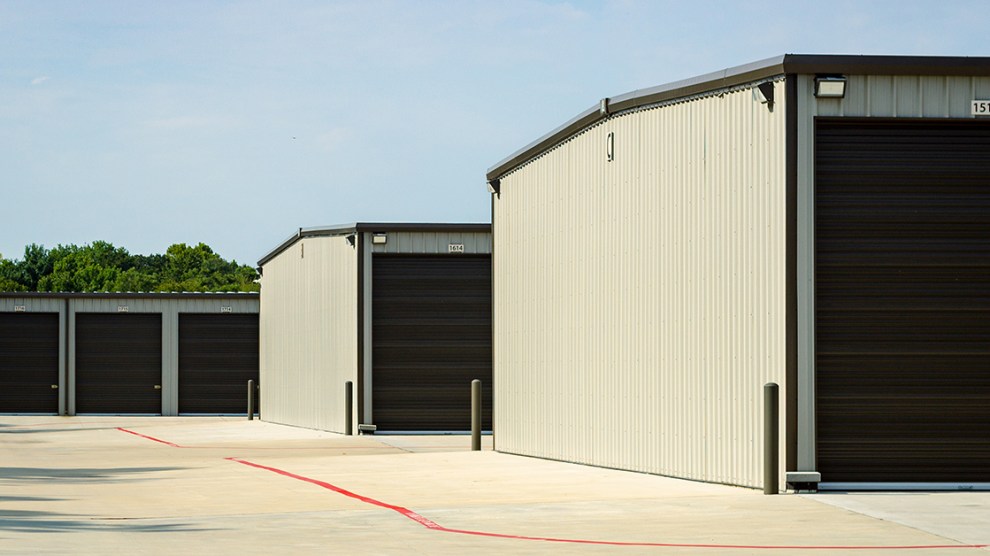Street rates continue to be negative on an annual basis
Key Takeaways:
- To improve the report, new data points were introduced by Yardi Matrix, among them a new way of looking at street rate growth.
- In August the national street rate growth remained negative year-over-year.
- Month-over-month, the average U.S. combined street rate per square foot fell 0.2 percent, however eight metros recorded increases.
- The under-construction supply amounted to 3.6 percent of existing inventory, down 10 basis points compared to the previous month.
Starting with the September National Self Storage Report, Yardi Matrix has made numerous adjustments to the data points they highlight in order to enhance the analysis and reporting on the self storage sector. The changes include an updated average street growth, which is now calculated on an annualized, net rentable square foot basis that comprises a combination of main unit sizes. The main unit sizes and types include the 5x5, 5x10, 10x5, 5x15, 15x5, 10x10, 10x20, 20x10, 10x30 and 30x10 climate-controlled and non-climate controlled units. As an additional change, street rates now only include stabilized properties. A facility is considered stabilized 36 months after completion.
Street rates continue to be negative
August saw a further decline in street rate growth, as on an annual basis the same-store asking rents per square foot fell 4.1 percent for the combined mix of unit sizes and types. Same-store national street rates for the combined non-climate controlled units registered a 4.0 percent decline year-over-year, while the same-store asking rates for the climate-controlled units in the same sizes saw a slightly greater decline, 4.3 percent year-over-year.
On a metro level, all the top metros had negative street rate growth for the combined same-store rates for climate-controlled units. Yearly losses ranged from a 0.4 percent decline (New York) to an 8.3 percent fall (Atlanta). Meanwhile, New York was the sole metro that had a slight street rate growth for the combined same-store rates for the non-climate-controlled units.
In August, the average national combined street rate per square foot fell to $17.34, marking a 0.2 percent decline month-over-month. The majority of the top metros registered a negative monthly rate growth, however a handful of metros had increases. New York was the priciest metro, with the average combined street rates per square foot increasing to $35.75 in August.
The impact of lease-up supply
Another newly introduced metric is the lease up supply to showcase its impact on the street rate performance. This data point encompasses self storages, that came online in the previous 36 and 12 trailing months. Nationally, the new supply delivered in the past 36 months accounted for 8.7 percent of inventory at the start of the period, while completions over the past year accounted for 2.5 percent of the mentioned inventory. During the past 36 months through August, Philadelphia had a robust lease-up supply delivered, which accounted for 16.6 percent of starting inventory. This influx had a significant influence on street rate performance, as the metro had the largest annual drop among the top metros.
Nationally, there were 816 self storage projects under construction as of August. In addition, the pipeline included 1,890 planned properties, 625 prospective projects, 1,393 abandoned properties and 65 deferred ones. The underway portion of the pipeline accounted for 3.6 percent of the total stock, marking a 10-basis-point decline compared to July.
Orlando maintained its leading position among the top 31 markets in terms of relative new supply, even with no change in development activity month-over-month the metro had more than 2 million net rentable square feet of storage space under construction. Columbus followed and was also the metro, where the construction activity increased the most, up 60 basis points month-over-month.
Read the full Matrix Self Storage National Report-September 2023.











Add Comment